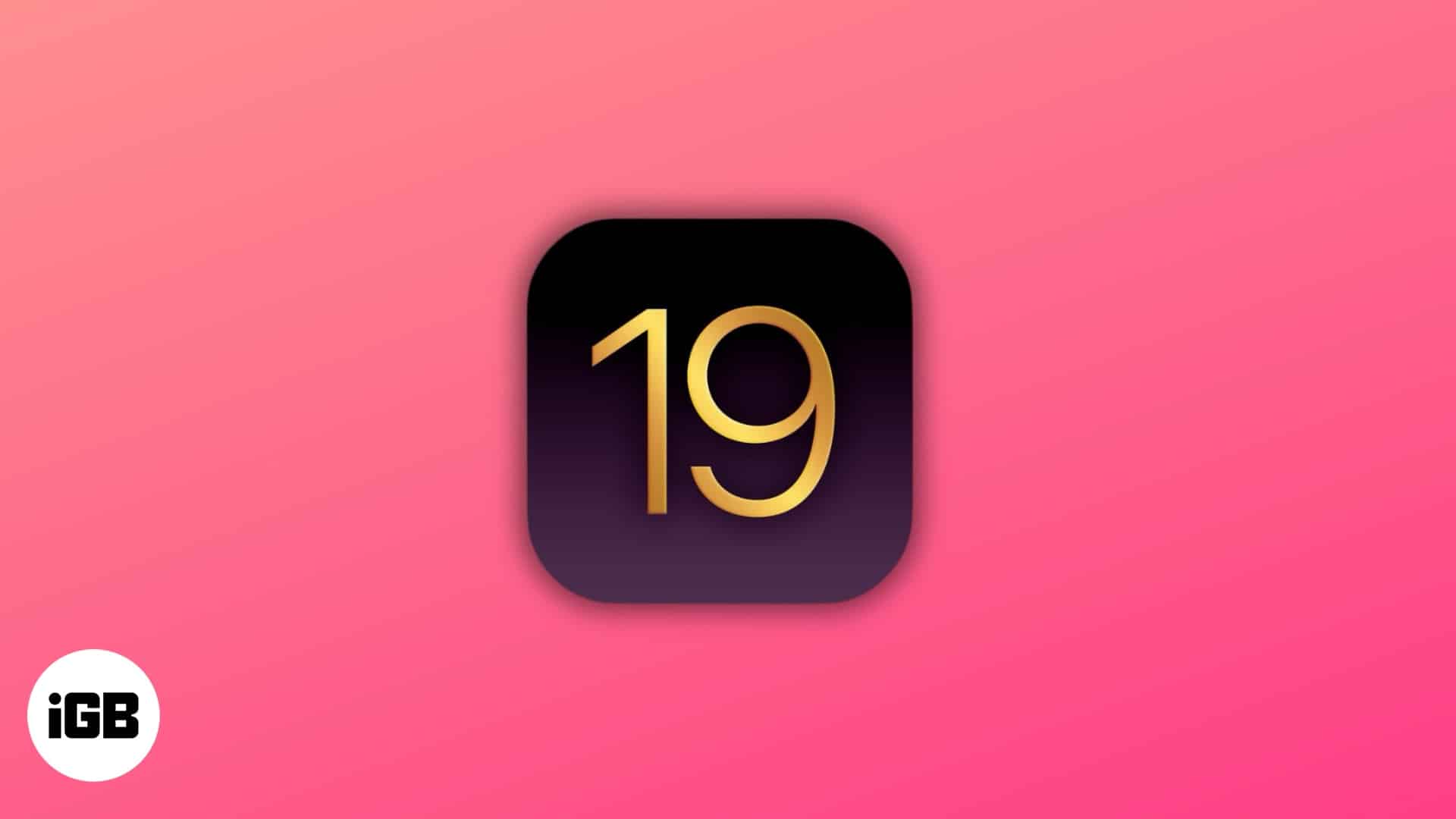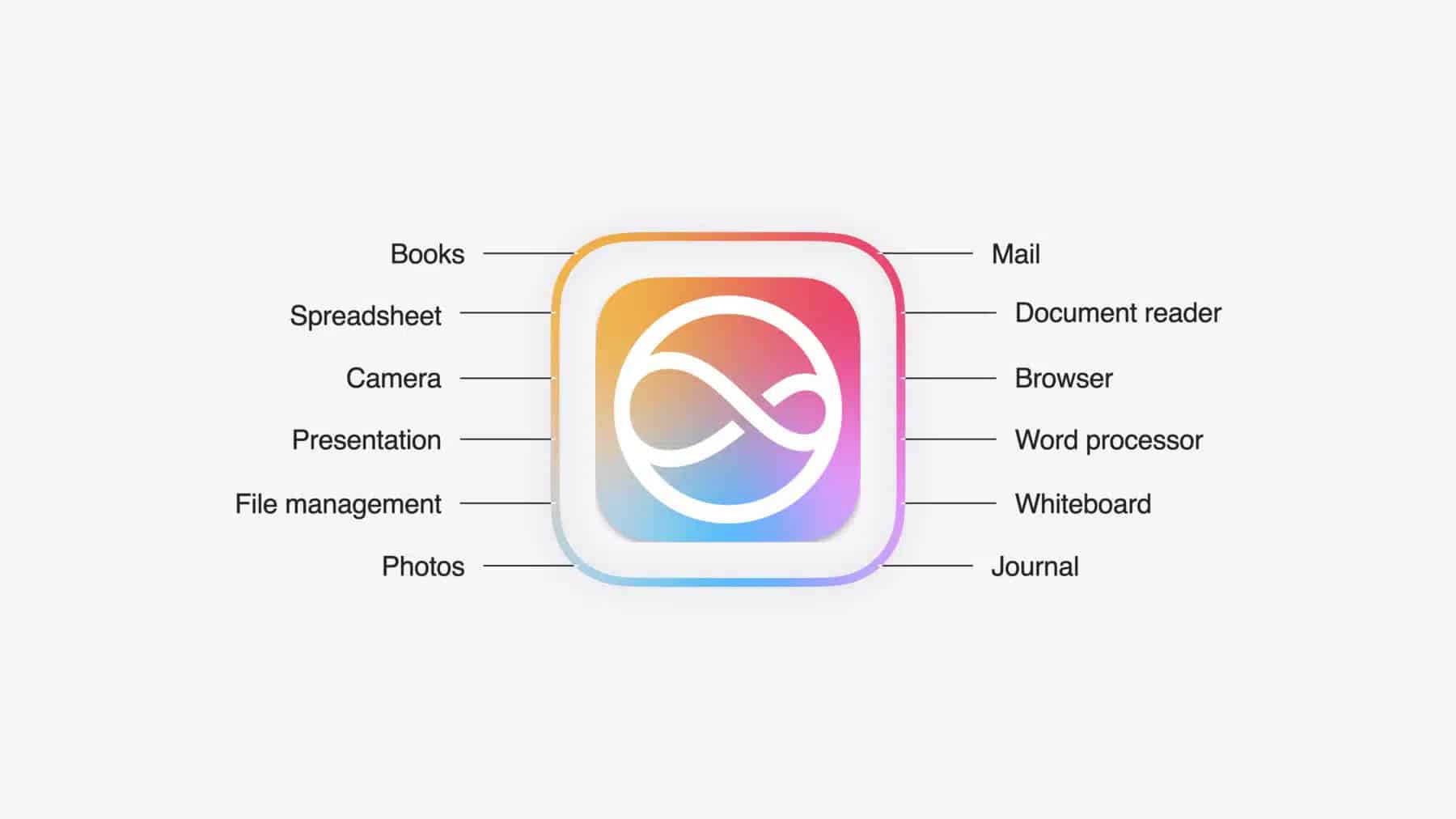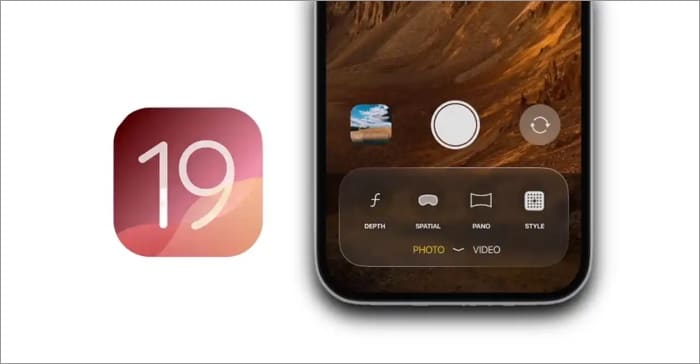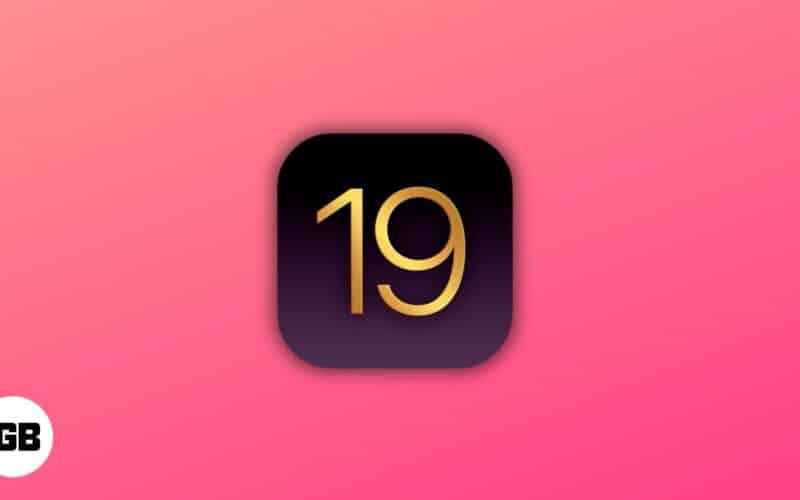Although the iOS 18 release cycle is running really slow (thanks to Apple Intelligence), Apple is just five months away from unveiling the next-gen iOS 19. Like with previous iOS generations, the leaks and rumors for iOS 19 have already started surfacing, speculating the new features iOS 19 will bring to iPhones and the models that will support it.

From compatible devices to expected features to possible delays, this post details everything you need to know about the upcoming iOS 19.
iOS 19: Expected features
Besides the usual slate of performance updates, there is not much we know about iOS 19 currently. However, rumors are rife about significant upgrades to Apple Intelligence’s capabilities and a major overhaul of Siri.
A more evolved version of Siri
According to Bloomberg, we will see a “more conventional Siri” in iOS 19, powered by “more advanced large language models (LLMs).” The report further states that this new substantial upgrade will transform Siri to behave and interact “more like a human,” making it capable of “handling more sophisticated requests,” similar to how ChatGPT or Google Gemini works.
While we believe that a revamped Siri is coming with iOS 19, the chances of this happening are slim, as Apple has just already revamped Siri with iOS 18 on Apple Intelligence-supported devices.

While rumors suggest that iOS 18-supported iPhones will be iOS 19 compatible, only a handful of them will get access to all the new features, similar to what happened in iOS 18 with Apple Intelligence features.
Redesigned Camera app
In a recent YouTube video posted on the Front Page Tech channel, John Pressor showcased how the completely overhauled Camera app design might look in iOS 19. As showcased, the controls and menu in the Camera app are more translucent, a striking similarity to what is already available in VisionOS, Apple’s proprietary software for the Vision Pro headset.
Furthermore, the camera’s viewfinder covers a much larger real estate screen by default as compared to iOS 18. As shown in the renders, the camera controls are organized into two categories: Photo and Video, located at the bottom of the app. While most camera controls are on the bottom side, additional controls for video resolution and frame rate still appear at the top, which makes more sense.

It’s uncertain whether the purported design changes resembling visionOS will even come to the Camera app, let alone other iOS 19 apps.
iOS 19: Expected delays
Although iOS 19 is expected to come with substantial upgrades, it is unlikely that all the features will be available at the launch. It is also possible that we might see a delayed launch timeline compared to the usual one. This is because Apple is already lagging with the iOS 18 rollout as it still hasn’t released some of the most anticipated Apple Intelligence features and will most likely release them with iOS 18.4 in March 2025.
Become an iGeeksBlog Premium member and access our content ad-free with additional perks.
According to Mark Gurman, Apple engineers are still rumored to be working on iOS 18 when they should already be working on iOS 19 by this time. This delay in ongoing iOS 18 development and rollout means that we will have to wait longer than usual to get our hands on all the new features of iOS 19 as the work on them is believed to be delayed.
iOS 19: Concept
Although all the iOS 19 features, except the LLM Siri, are still unknown, a designer named Oofus has created a video that offers some ideas that Apple should consider including in the upcoming iOS 19 to woo the users.
While the features displayed in the video are just concepts, not the actual features, two features showcased in the video intrigued me the most. The first one is named Flick, which completely overhauls how we share photos and videos via Airdrop by using NameDrop.
Second, the ability to add stickers to the lock screen will further cement Apple’s focus on offering customization options to users. In addition to these two features, the video also discusses new customization options in the Messages app, including the ability to add a custom theme in conversations and a revamped screenshot interface.
You can watch the full concept video below:
iOS 19: Release date and timeline
If we follow the typical Apple fashion, the Cupertino tech giant will most likely reveal the upcoming iOS 19 at WWDC in June 2025. Beta testers will get their hands on the iOS 19 first developer beta as soon as the event concludes. Apple generally releases the first public beta one month after the first developer beta, so we expect the first iOS 19 public beta to be released somewhere in July 2025.
Wrapping up…
That’s pretty much it for now. We will regularly update this post with new leaks and rumors regarding iOS 19 features.
Do you have your own iOS 19 features wishlist? We would love to hear about it in the comments below.
You might also like:

